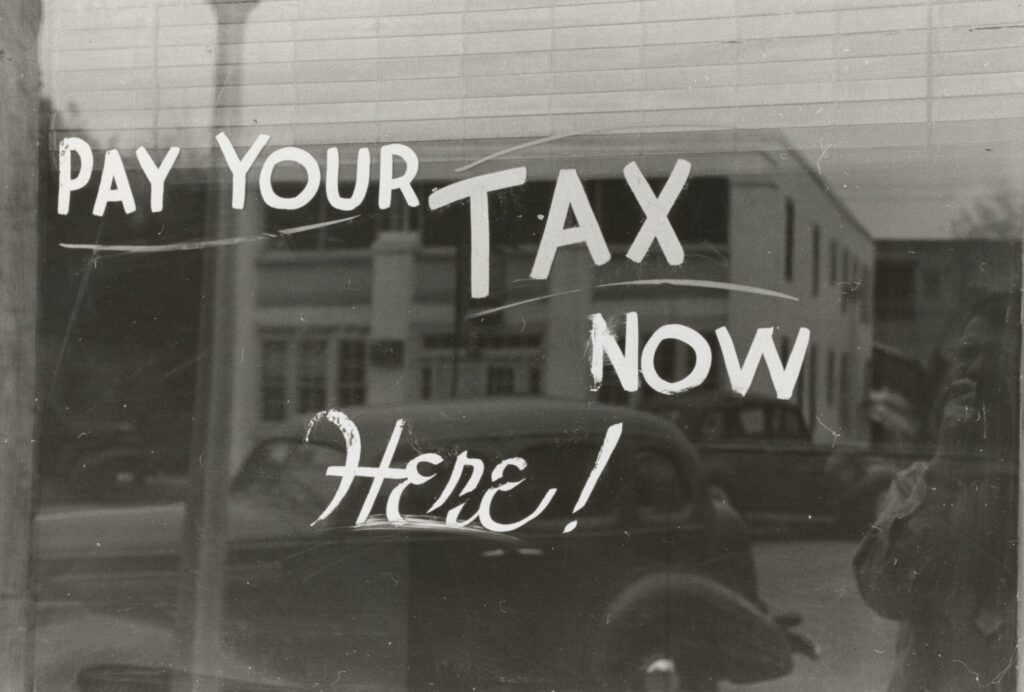A writ of execution is a formal order issued by a body with judicial jurisdiction, like a court, that puts in force a judgement of possession and instructs the law to begin transferring property as the result of a legal order. This property can refer to any assets, like a vehicle, money, or property. The judgement for possession permits a right to the property from one party to another. A writ of execution is often used in bankruptcy and eviction when a tenant will not pay rent, and will not leave of their own accord. In this article, we explain everything you need to know about a writ of execution, and how to tackle it if you have been faced with one.
What is a writ of execution?
A writ of execution is a legal document that is served by a court that directs that a person follow a specific action, or it can stop them from doing something. Most often, a writ of execution is used in Canada to enforce payment, and can often include seizing assets. It will determine who is entitled to the property or assets, and signals that the transfer must begin. When a writ of execution is issued, a court official or a Licensed Insolvency Trustee will be responsible for taking ownership of any property or assets owed to the creditor in mind. If the asset is money, the debtor may have their bank account frozen, or their funds could be moved into a holding account. If property or assets need to be exchanged, they can be transferred in kind, or sold by the court official or Licensed Insolvency Trustee. Funds from the sale of these assets will then go towards the creditor to meet the terms of the court judgment. When a writ of execution is used to try to collect, but there are no assets available to be seized, this is known legally as a ‘nulla bona’. A writ cannot be removed from the property unless the debt is paid in full.
When is a writ of execution used?
A writ of execution is only really granted if an individual is required legally to make a payment to a creditor and will not do so of their own accord. It is also often used to evict a tenant who has not paid their rent and will not leave a property. In this scenario, by issuing a writ of execution, the tenant and their assets must be removed from the property. A writ of execution also enables property to be collected and sold, with proceeds to go towards repayment of the debt. In some instances, the debtor’s bank account can even be accessed, although certain funds including Social Security income are off limits. A writ of execution could be issued during a bankruptcy too – as bankruptcy proceedings need to go through the court, generally a Licensed Insolvency Trustee will be involved in executing writs of execution. They will help to enforce the judgement of payment where necessary.
Which assets are protected from a writ of execution?
There are a few assets that are excluded from being seized in a writ of execution, each of which can vary from province to province. These include unemployment payments, social security payments, and retirement account assets. Other exempt assets include clothing, home furnishings, and pets.
Can a consumer proposal or bankruptcy affect a writ of execution?
Canadians that file bankruptcy or a consumer proposal can have their unsecured debts completely eliminated or reduced by up to 80% respectively once they are either discharged or complete their consumer proposal. This process of debt relief does become more complicated if you have a writ of execution. While both bankruptcy and a consumer proposal can remove a writ from your property once discharged or completed, you should let your Licensed Insolvency Trustee know if you intend to sell or refinance your property so that they can help. Writs of execution can make a sale or financing more complex because of a bankruptcy or consumer proposal.
How do you remove a writ of execution?
You can ask to have the writ on your property removed for free by asking the Sheriff’s office. In Ontario, you simply file a formal request to your local Sheriff’s office. This is not the quickest of processes, and it can take around a month or more to complete. For this reason, you should start this process as soon as your bankruptcy is discharged so that you have less time to wait until the writs are removed. You will need any writs on your property removed before you try to sell it or have it refinanced. It will help to avoid extra administration, time, and stress. You can then enjoy life after a consumer proposal, or life after bankruptcy.
Is a lien the same as a writ of execution?
Contrary to popular belief, a lien is not the same as a writ of execution in Canada. While a lien on property seems similar, they are not the same thing. A lien is the legal right that a creditor has to gain repayment from the borrower when a debt is overdue. Liens can also be voluntary when it comes to applying for a mortgage or a car loan. The CRA also imposes tax liens, which are in place legally. Put simply, a writ is an order to pay, while a lien is a debt secured against an asset or property. Much like a mortgage, a lien needs to be paid when a property is sold in order for it to be removed.
If you think that you may have a writ of execution, or even a lien on your property, book a free consultation with an experienced Licensed Insolvency Trustee at Spergel. We have over thirty years’ experience of helping to remove them, and helping Canadians on their journey to debt relief. The beginning of removing a writ of execution is just a phone call away. Reach out today – you owe it to yourself.



















